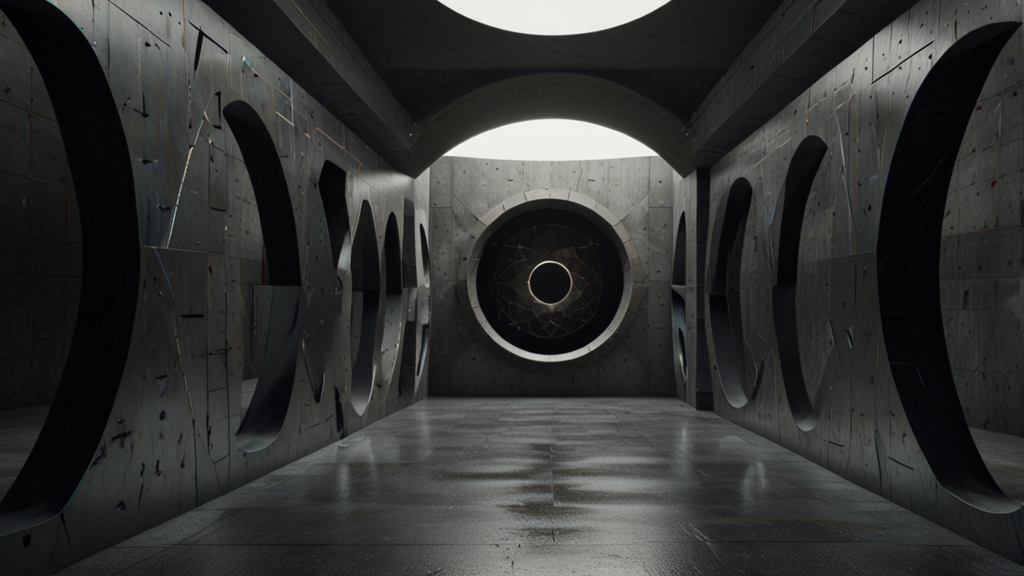The Mind-Bending World of Non-Euclidean Geometry
Non-Euclidean geometry is a fascinating branch of mathematics that explores spaces and surfaces where the familiar rules of Euclidean geometry do not apply. While the principles of Euclidean geometry, formulated by the ancient Greek mathematician Euclid, lay the foundation for much of classical mathematics, non-Euclidean geometry challenges these principles and opens up a world of new possibilities.
The Genesis of Non-Euclidean Geometry
For over two millennia, Euclidean geometry was considered the only true geometry. Based on Euclid’s five postulates, it seemed to perfectly describe the physical space around us. However, the fifth postulate, also known as the Parallel Postulate, puzzled mathematicians for centuries. It states that given a line and a point not on that line, there is exactly one line parallel to the first line that passes through the point.
Many mathematicians attempted to prove the Parallel Postulate using Euclid's other four postulates, but none succeeded. The breakthrough came in the 19th century when mathematicians like Nikolai Lobachevsky and János Bolyai independently developed consistent geometries that did not rely on the Parallel Postulate, thus giving birth to non-Euclidean geometry.
Hyperbolic and Elliptic Geometries
Non-Euclidean geometry can be broadly classified into Hyperbolic and Elliptic geometries. Hyperbolic geometry, explored by Lobachevsky and Bolyai, assumes that through any point not on a given line, there are infinitely many lines parallel to the given line. This creates a space where the angles of a triangle add up to less than 180 degrees.
"In Euclidean geometry, the shortest path between two points is a straight line, whereas in hyperbolic geometry, the shortest path between two points is known as a geodesic, which can sometimes appear curved to an observer from a Euclidean standpoint."
On the other hand, Elliptic geometry, developed by Bernhard Riemann, replaces the Parallel Postulate with the assumption that no parallel lines exist. In Elliptic geometry, all lines eventually intersect, and the angles of a triangle add up to more than 180 degrees. This model can be analogized to the surface of a sphere, where 'straight lines' are actually great circles.
Mathematical Implications and Applications
The implications of non-Euclidean geometry are profound and extend beyond pure mathematics. One of the most significant applications is in the field of physics, particularly in Albert Einstein’s Theory of General Relativity. In this theory, the presence of mass and energy 'curves' the fabric of space-time, creating a non-Euclidean space where traditional Euclidean rules do not apply. This curvature of space-time explains phenomena such as the gravitational bending of light and the orbits of planets.
"Non-Euclidean geometry has revolutionized our understanding of the universe, allowing us to model and comprehend the complexities of curved spaces and the dynamics of cosmic structures."
Additionally, non-Euclidean geometries are prevalent in various fields such as computer graphics, where they are used to simulate more realistic environments and structures. In navigation and astronomy, understanding the properties of curved spaces helps in accurate positioning and the study of celestial mechanics.
Conclusion
The emergence of non-Euclidean geometry has significantly expanded the landscape of mathematical thought, challenging our perception of space and reality. By moving beyond the constraints of Euclidean principles, mathematicians and scientists have unlocked new realms of understanding and practical applications. As we continue to explore the mind-bending world of non-Euclidean geometry, we are constantly reminded of the beauty and complexity of the universe we inhabit.











